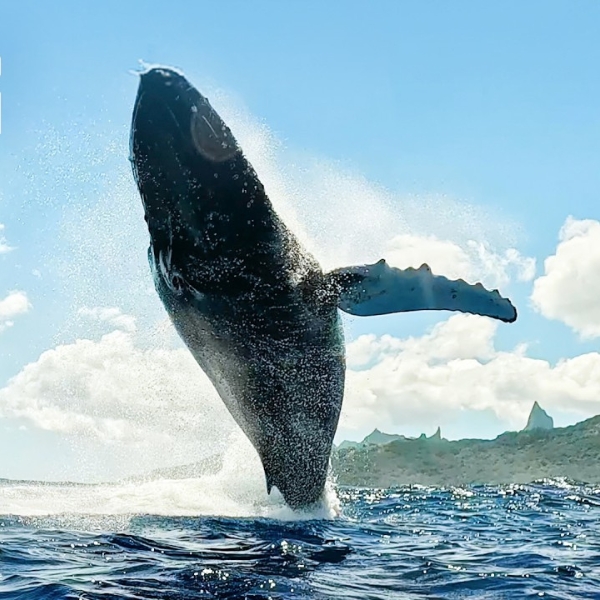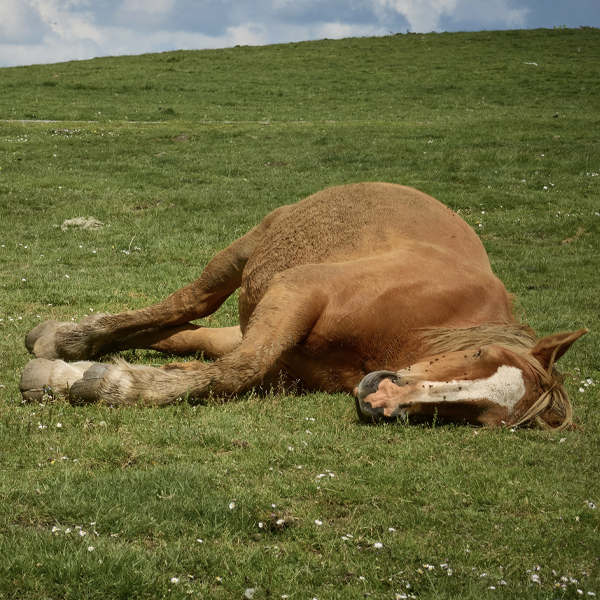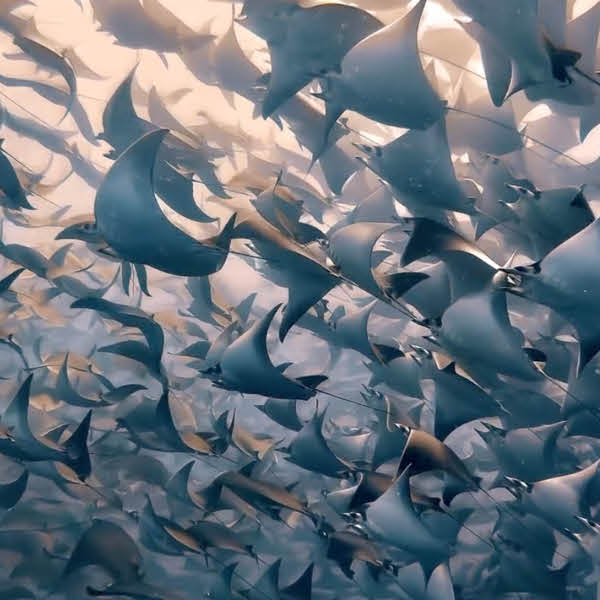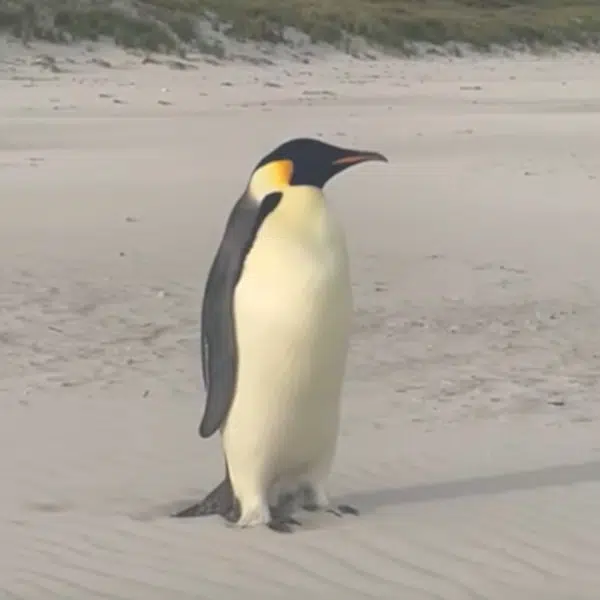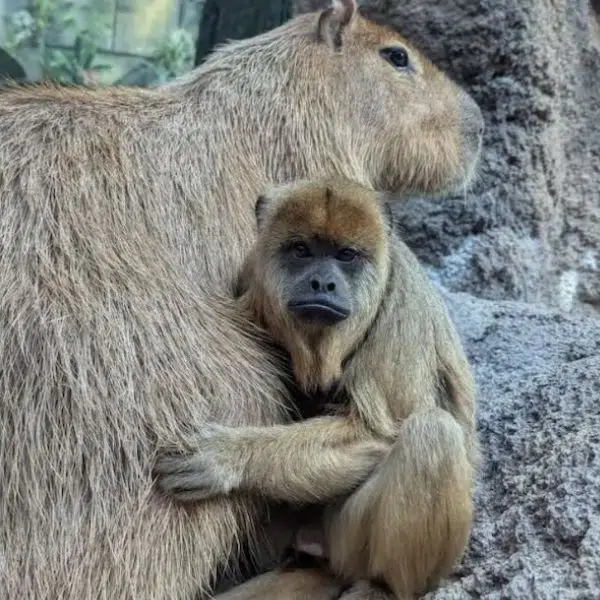
Photo: Stock Photos from Tatiana Grozetskaya/Shutterstock
Peacocks are a spectacular sight to behold, particularly when the males flash their colorful tail feathers. But one rare type of peacock makes a spectacle even without all the bold color. The white peacock is a variation of the blue peacock native to the Indian subcontinent, but is now bred in captivity around the world.
Of course, it's important to distinguish that when we refer to peacocks, we're technically speaking about a male peafowl. Females are called peahens, while babies are called peachicks. Colloquially both males and females are referred to as peacocks.
Now that that's out of the way, why is the white peacock without color? Some would be quick to guess that they're albino, but that's not the case. White peafowl have a genetic mutation called leucism. This causes the inability of pigment to be deposited into their feathers which results in a white appearance.
Though leucism can cause animals to be quite tame in some different species, this is not the case with the white peacock. They're just as feisty as their colorful counterparts and tend to peck and kick those who try to handle them. Still, it's impossible not to be dazzled by their appearance. The males in particular, who have a much longer train, are mesmerizing. These trains have about 150 feathers and reach their full length when peacocks are about two years old. Their feathers glisten in the sunlight as they try to attract a female partner.
Given their unique appearance, it should come as no surprise that white peacocks are highly prized. Historically, they've symbolized purity, eternity, and unconditional love. While some white peacocks can be found in the wild, it's more common that they're the result of selective breeding and held in captivity, where they can live for up to 50 years.
White peacocks are the result of a genetic mutation called leucism, which causes pigment not to stick to their feathers.
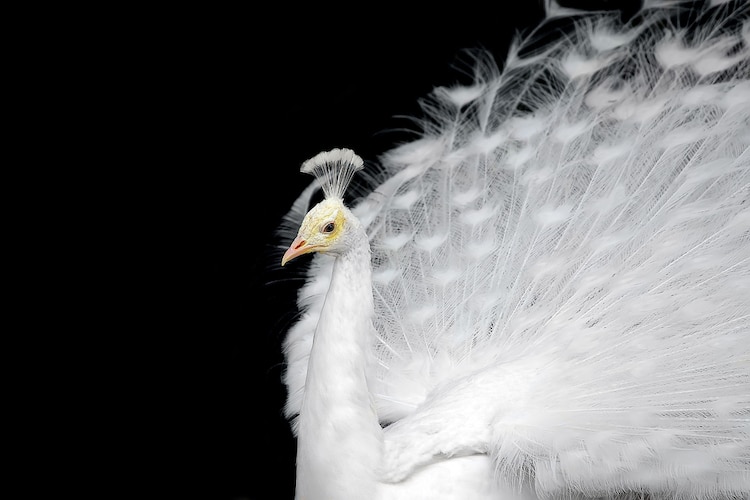
Photo: Stock Photos from Ekaterina Lin/Shutterstock

Photo: Stock Photos from Wouter Tolenaars/Shutterstock
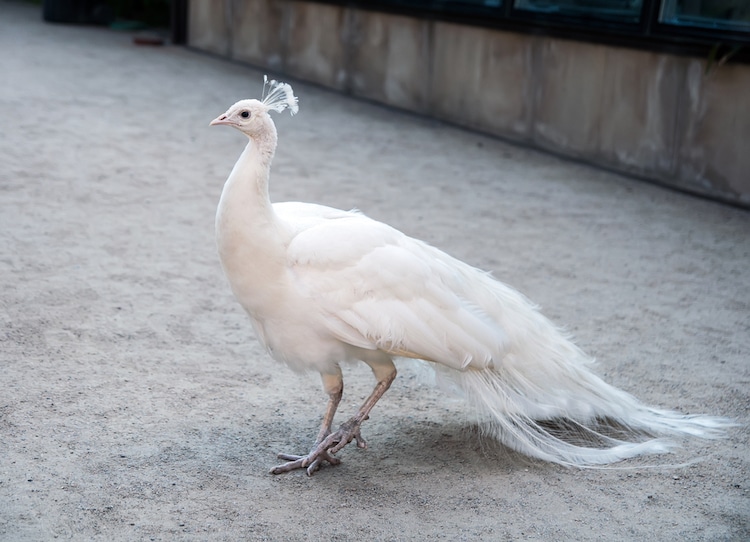
Photo: Stock Photos from Borya Galperin/Shutterstock
Despite the lack of color, the males still put on a good show when they flash their plumage.
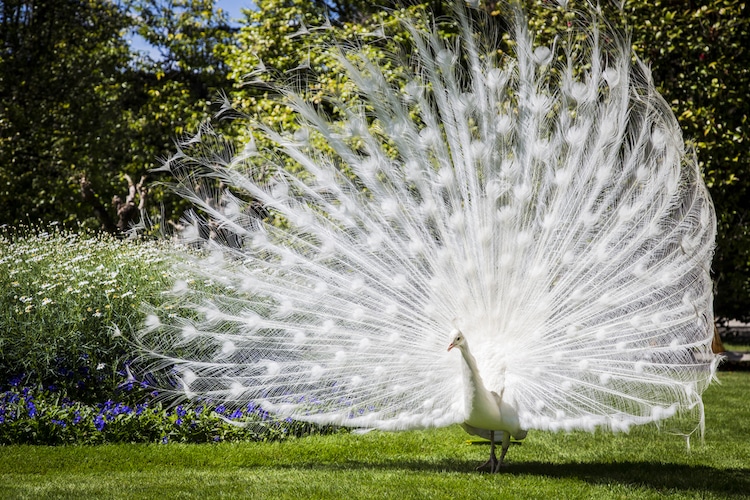
Photo: Stock Photos from Michele_Arts/Shutterstock
Related Articles:
Rare Python Has a Pumpkin Patch Growing on Its Skin
Rare Blonde Penguin Spotted Along the Shores of Antarctica
Stunningly Rare Albino Turtles Look Like Fiery Little Creatures
Rare White Giraffes Captured on Film for the First Time in Kenya











































































